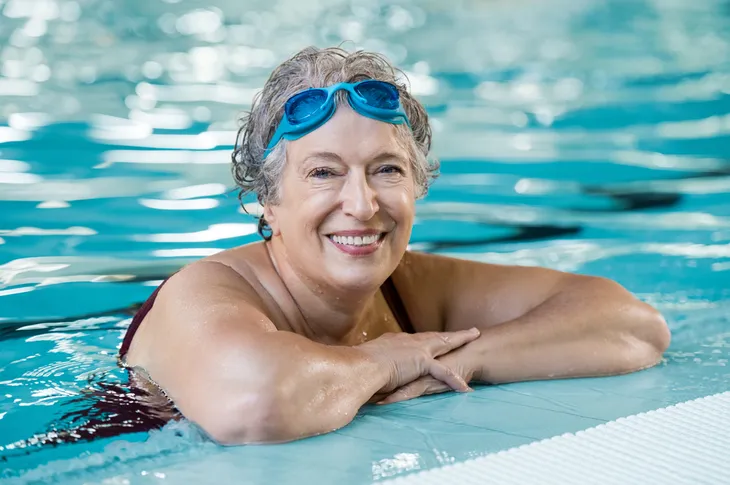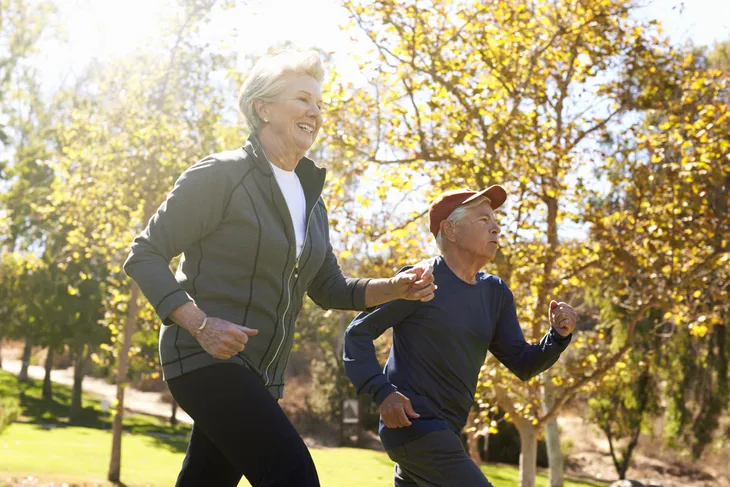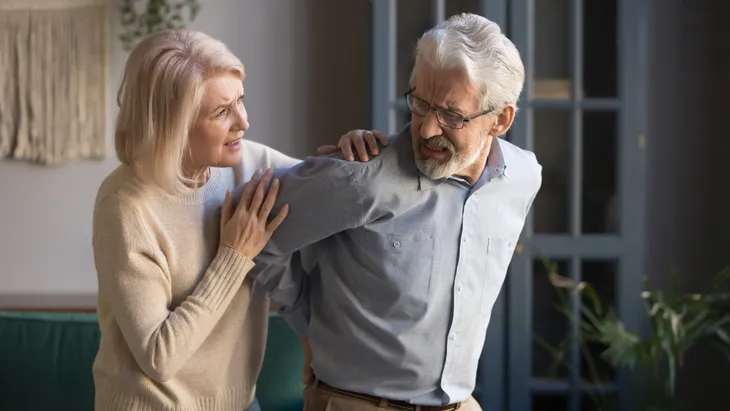Osteoarthritis is one of those terms that people automatically associate with aging and increasing joint pain. This is a chronic condition that causes the protective coverings at the end of your bones (cartilage) to wear down resulting in pain and stiffness in your joints, often caused from wear and tear over the years.
Although osteoarthritis is very common once you reach the age of fifty, that doesn’t mean that your health is on a downward spiral. In fact, there are many factors in your control to help minimise the joint pain and to help you maintain your fitness. Below we discuss 4 of the best exercises to try when managing osteoarthritis. These exercises will help you avoid a joint replacement surgery, as well as reduce joint pain, improve fitness, and allow you to continue doing all the activities that you love! Let’s take a look…
Aquatic Exercises
Due to the wear and tear over the years causing the osteoarthritis, you must choose an exercise type that doesn’t place a lot of further strain on your affected joints. Aquatic exercise is at the top of the list due to the weightlessness (buoyancy) one feels when they are in the water. This weightlessness causes minimal stress to the joints but still allows you to build up the muscle supporting your joints, resulting in less pain.
Swimming laps or performing aquatic exercises is also a great way to improve your cardiovascular fitness which involves both your heart and lung function, without having to worry about making the pain in your joints worse. Swimming pools are often heated making for a soothing environment for your painful joints, allowing for temporary pain relief and a comfortable exercise setting.
Chair Squats
The majority of osteoarthritis cases occur in the lower body. The aim of completing exercises is to strengthen the muscles surrounding your painful joints to help better support them and reduce the strain placed on them during day-to-day tasks. One of the best exercises anyone can complete at home, at the gym or your local community center are chair squats. This exercise engages your quadricep muscles (top of the thigh), gluteal muscles (your bottom muscles), hip stabilizers, and your abdominals helping to strengthen both the hip, knee and ankle joints.
After completing a structured exercise program including chair squats, you’ll notice a reduction in pain when standing up from chairs, climbing or descending stairs and even when out walking around the block.
Walking
Walking might seem like a very counterintuitive exercise to be on this list, but we promise it is not. As a Physiotherapist, I love prescribing walking to my patients managing osteoarthritis because often times they are not doing enough of it. If people are not walking enough or doing enough physical activity in general, they are likely spending more time inside sitting on their couch. Sitting is an activity that works against you. Too much sitting will stiffen up already painful joints and it promotes muscle weakness.
Of course, you must rest when you’re experiencing a lot of pain in your joints, but you’ll get much better results after going for a brisk walk (within your limits) than you will sitting around on the couch for an hour. The key is to get up and get moving as much as you can tolerate without overdoing it.
Yoga
As we age, we start to lose a bit of flexibility as our joints stiffen up. We also lose some elasticity within the tendons and ligaments surrounding the joints This stiffness often makes the pain associated with osteoarthritis much worse as the joint is no longer able to move through its full range of motion. I love prescribing yoga exercises to patients as they don’t require any equipment to perform and the results are almost always noticed immediately. They will see an increase flexibility through their once painful joints. I also recommend that people managing osteoarthritis start slow and warn them to never push into pain when completing yoga poses. This rule of thumb will allow you to try numerous yoga poses and reduce your chances of having a pain flare up.
Managing Osteoarthritis
If you find yourself overwhelmed by the task of managing osteoarthritis, fear not! Write down the exercise examples above and try them out for yourself. The goal is to keep moving so that you’re strengthening the muscles surrounding your joints as well as improving your joints flexibility at the same time. This will allow you to maintain and even improve your fitness, reduce your joint pain and lastly, it will buy you some time before needing a full joint replacement surgery if the osteoarthritis progresses further.
I always suggest visiting your physiotherapist or medical doctor for personalized advice for the management of your osteoarthritis. Get a professional opinion, know your limits and get moving, your joints will thank you.








